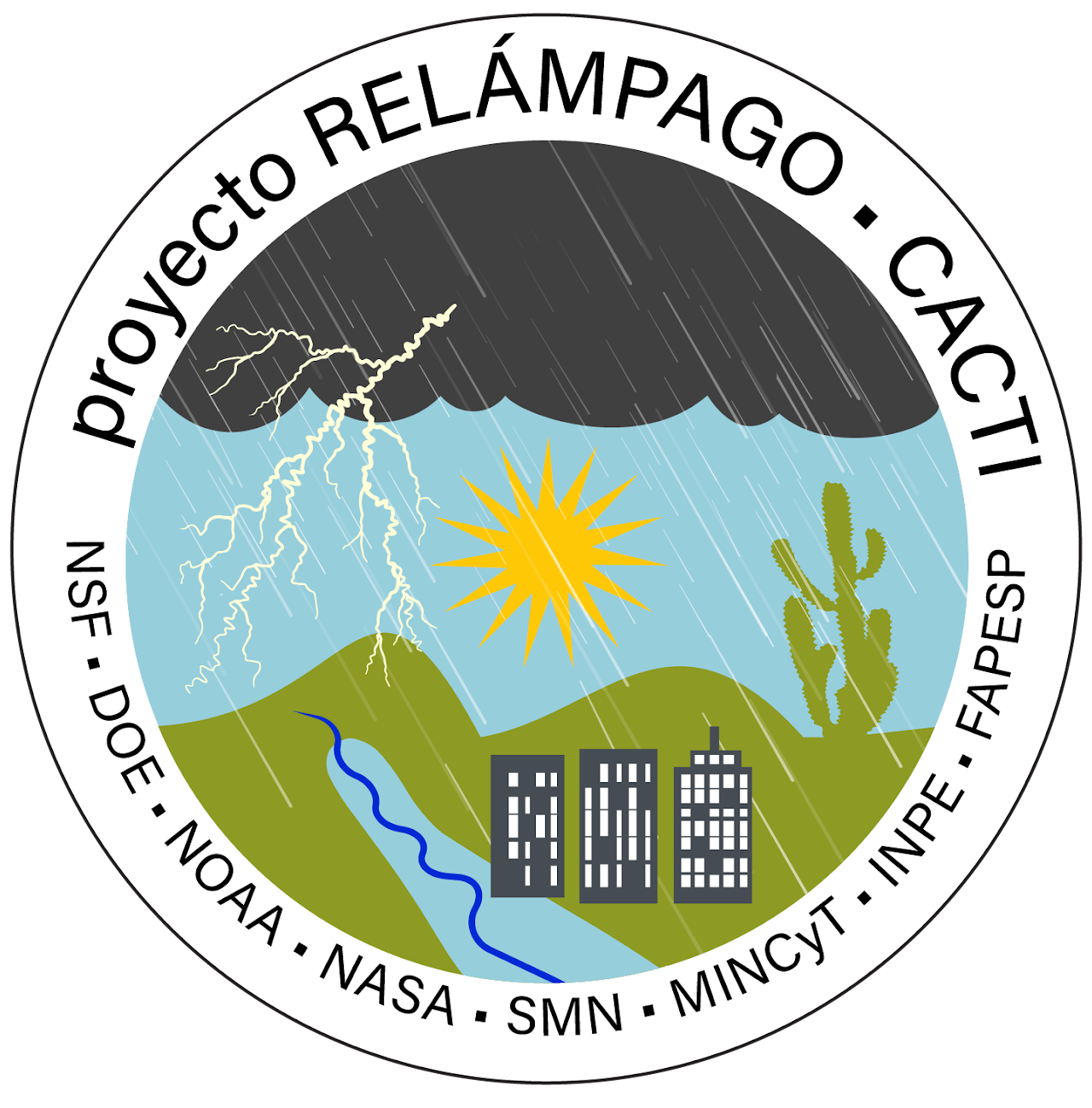
CACTI Deep Convection Initiation
Motivation
This cookbook will show CACTI data access, manipulation, and some results regarding a deep convection case study.
Structure
CACTI field campaign
Radar observations
Hypothesis and research questions
Deep convection meteorological conditions
Microphysical features of deep convection
LASSO simulations
Conclusions
Running on Binder
The simplest way to interact with a Jupyter Notebook is through Binder, which enables the execution of a Jupyter Book in the cloud. The details of how this works are not important for now. All you need to know is how to launch a Pythia Cookbooks chapter via Binder. Simply navigate your mouse to the top right corner of the book chapter you are viewing and click on the rocket ship icon, (see figure below), and be sure to select “launch Binder”. After a moment you should be presented with a notebook that you can interact with. I.e. you’ll be able to execute and even change the example programs. You’ll see that the code cells have no output at first, until you execute them by pressing Shift+Enter. Complete details on how to interact with a live Jupyter notebook are described in Getting Started with Jupyter.
Running on Your Own Machine
If you are interested in running this material locally on your computer, you will need to follow this workflow:
Clone the
https://github.com/aladinor/cacti-deep-convectionrepository:git clone https://github.com/aladinor/cacti-deep-convection
Move into the
cacti-deep-convectiondirectorycd cacti-deep-convection
Create and activate your conda environment from the
environment.ymlfileconda env create -f environment.yml conda activate cacti-deep-convection-dev
Move into the
notebooksdirectory and start up Jupyterlabcd notebooks/ jupyter lab